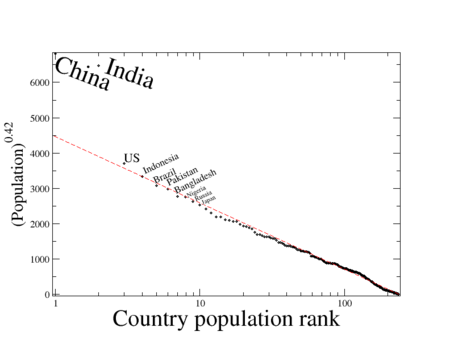Oldest and Largest Apache Hadoop Community Event in North America Opens Call for Papers by Kim Rose.
Dates:
Early Bird Registration ends February 1, 2013
Abstract Deadline: February 22, 2013
Conference: June 26-27, 2013 (San Jose, CA)
From the post:
Hadoop Summit North America 2013, the premier Apache Hadoop community event, will take place at the San Jose Convention Center, June 26-27, 2013. Hosted by Hortonworks, a leading contributor to Apache Hadoop, and Yahoo!, Hadoop Summit brings together the community of developers, architects, administrators, data analysts, data scientists and vendors interested in advancing, extending and implementing Apache Hadoop as the next-generation enterprise data platform.
This 6th Annual Hadoop Summit North America will feature seven tracks and more than 80 sessions focused on building, managing and operating Apache Hadoop from some of the most influential speakers in the industry. Growing 30 percent to more than 2,200 attendees last year, Hadoop Summit reached near sell-out crowds. This year, the Summit is expected to be even larger.
Apache Hadoop is the open source technology that enables organizations to more efficiently and cost-effectively store, process, manage and analyze the ever-increasing volume of data being created and collected every day. Yahoo! pioneered Apache Hadoop and is still a leading user of the big data platform. Hortonworks is a core contributor to the Apache Hadoop technology via the company’s key architects and engineers.
The Hadoop Summit tracks include the following:
- Hadoop-Driven Business / Business Intelligence: Will focus on how Apache Hadoop is powering a new generation of business intelligence solutions, including tools, techniques and solutions for deriving business value and competitive advantage from the large volumes of data flowing through today’s enterprise.
- Applications and Data Science: Will focus on the practice of data science using Apache Hadoop, including novel applications, tools and algorithms, as well as areas of advanced research and emerging applications that use and extend the Apache Hadoop platform.
- Deployment and Operations: Will focus on the deployment, operation and administration of Apache Hadoop clusters at scale, with an emphasis on tips, tricks and best practices.
- Enterprise Data Architecture: Will focus on Apache Hadoop as a data platform and how it fits within broader enterprise data architectures.
- Future of Apache Hadoop: Will take a technical look at the key projects and research efforts driving innovation in and around the Apache Hadoop platform.
- Apache Hadoop (Disruptive) Economics: Focusing on business innovation, this track will provide concrete examples of how Apache Hadoop enables businesses across a wide range of industries to become data-driven, deriving value from data in order to achieve competitive advantage and/or new levels of productivity.
- Reference Architectures: Apache Hadoop impacts every level of the enterprise data architecture from storage and operating systems through end-user tools and applications. This track will focus on how the various components of the enterprise ecosystem integrate and interoperate with Apache Hadoop.
The Hadoop Summit North America 2013 call for papers is now open. The deadline to submit an abstract for consideration is February 22, 2013. Track sessions will be voted on by all members of the Apache Hadoop ecosystem using a free voting system called Community Choice. The top ranking sessions in each track will automatically be added to the Hadoop Summit agenda. Remaining sessions will be chosen by a committee of industry experts using their experience and feedback from the Community Choice.
Discounted early bird registration is available now through February 1, 2013. To register for the event or to submit a speaking abstract for consideration, please visit: www.hadoopsummit.org/san-jose/
Sponsorship packages are also now available. For more information on how to sponsor this year’s event please visit: www.hadoopsummit.org/san-jose/sponsors/
I am sure your Hadoop based topic maps solution would be welcome at this conference.
And, it makes a nice warm up for the Balisage conference in August.

